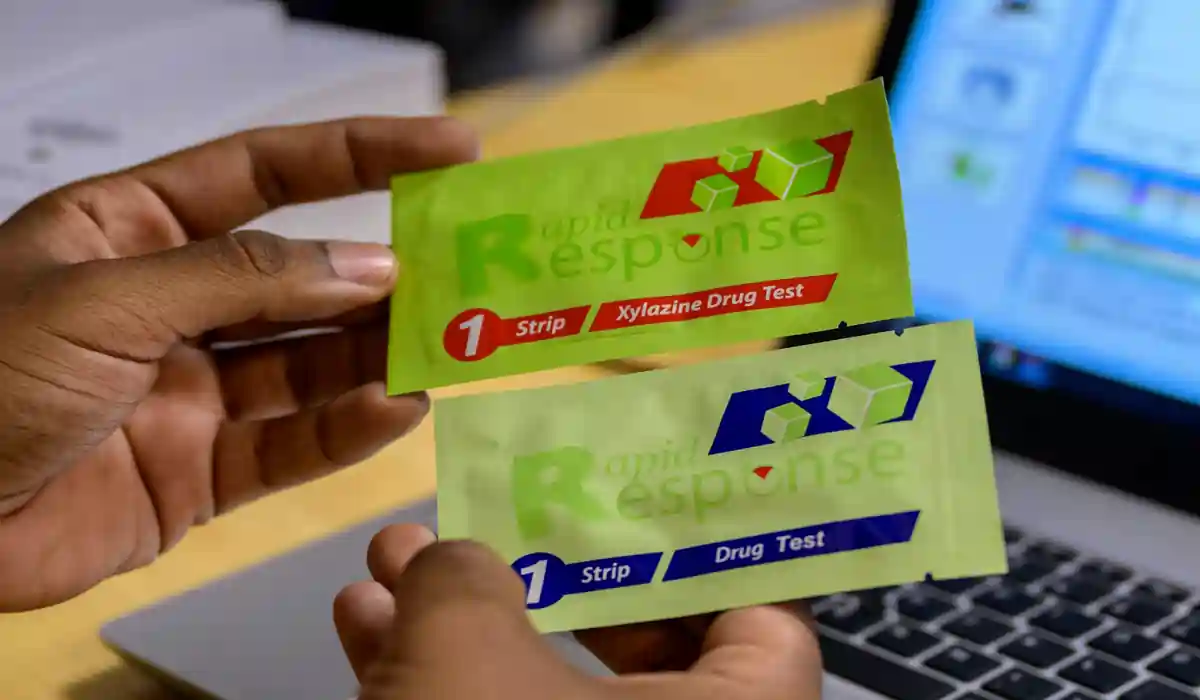California expands pilot program to reduce methamphetamine addiction
Individuals chosen in the program will receive gift cards and other incentives when they test negative on drug tests; eligible participants will take part in the 24-week program.
With gift cards and other incentives, California plans to combat methamphetamine addiction with a pilot program it will expand in the state.
The Golden State will boost the pilot program by targeting big-city centers facing problems with homeless drug addicts, such as Los Angeles, San Francisco and Sacramento.
“Individuals will be able to earn motivational incentives in the form of low-denomination gift cards with a determined retail value per treatment session,” reported the California Department of Health Care Services.

People under the program are subjected to drug tests to receive the incentives. Photo: ROBYN BECK/AFP/Getty Images
Eligible individuals will be placed in a 24-week outpatient program, followed by additional recovery treatments for another six months if needed. In the event that program participants test positive on the screening, they will not be eligible to receive a gift card or the other types of incentives.
“If a beneficiary tests negative for stimulants, he or she is eligible to receive an incentive for that session,” explained the state health department’s frequently asked questions released in September 2022.
“The presence of opioids or other drugs will not be an indication to terminate the beneficiary’s (contingency management) treatment, but rather an indication that the beneficiary may need additional treatment, either concurrently or at a later time,” they added.
Some Los Angeles County residents doubt that this pilot program can reach the homeless, plagued by mental illness and drug addiction. Methamphetamines are among the drugs of choice among the county’s homeless population.
Soledad Ursua, a Venice Beach resident and neighborhood councilwoman, told Fox she worries that drug addiction among homeless people is too powerful to be overcome with small incentives, as she has grown accustomed to seeing “homeless people experiencing psychotic breaks on a daily basis” as a result of drug use.
“It sounds like another ill-conceived attempt to put a Band-Aid on a bullet wound. This will solve nothing in a state that enables drug addiction,” the councilwoman said.
California follows what is known as a “harm reduction model” regarding street drug addiction, handing out clean needles and syringes to users in exchange for used ones, as well as drug preparation containers. Proponents of this model argue that it reduces the transmission of infection and disease.
According to a May 2023 report, the Los Angeles County Department of Public Health found a disturbing trend among homeless people, with fatal fentanyl overdoses tripling from 2019 to 2020, and frequently involving methamphetamines in 2021, meaning at least two deaths per day.
California has the highest number of homeless people in the country, with an estimated 171,000 last year.
Gov. Gavin Newsom touted a plan earlier this year to invest $1 billion in counties investing in building 1,200 temporary homes for homeless people with access to expanded drug recovery treatment.
“The homelessness crisis will never be solved without first solving the housing crisis. The two problems are completely linked,” Newsom said in March.

